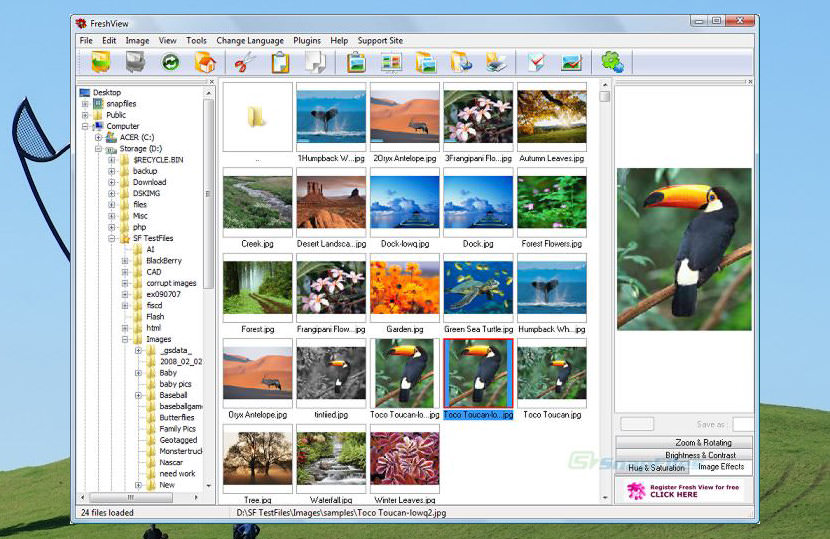

- #Open source exif data viewer for free
- #Open source exif data viewer how to
- #Open source exif data viewer download
You will be taken to the EXIF Data Viewer in a separate tab. If there is EXIF data, control + click > View EXIF info. If there is no EXIF data detected, a small notification will appear. jpg files.įirst, place your cursor over the image and check in the top, left hand corner of the image. For purposes of this article we chose to test EXIF Viewer Classic, good for beginners.
#Open source exif data viewer for free
This extension can also be downloaded for free from the Google Chrome web store.
#Open source exif data viewer download
If you want to go deeper into the image’s metadata, you’ll have to download an EXIF viewer. Go ahead and select that option and a new screen will appear with the picture’s metadata. View Image Info does not have a thumbnail. Search for “view image info” and you’ll see a few image options. To view the properties of the photo, you’ll have to download an extension. This may give you more than what you want and not the correct information, since you will be viewing code. The best you can do is control + click > Inspect. Google ChromeĪlthough you can access an image’s properties straight from the browser on Windows Explorer, if you are a Chrome user, you may find that the same process does not apply. The Inspector will display the properties of the file. On a MacOS, download the image in question and open it with Preview. All you have to do is right-click > Properties > Details. If you are using Windows Explorer, finding metadata is incredibly easy.
#Open source exif data viewer how to
In other words, this metadata provides the settings for how to recreate that particular photo’s aesthetic. This type of metadata will give you information on digital photos, providing the camera make/model, shutter speed, aperture, lens model, etc. EXIF stands for exchangeable image file format. There are a few ways you can find an image’s metadata, from the very basic date of creation timestamp and image type, to the EXIF information. For instance, when you go onto Shutterstock and type in a keyword, the engine sorts through massive amounts of image metadata to get you what you need. But lucky for you, if the image is not original and is already online, chances are that metadata has already been encoded into the file. Of course, this information has to be generated first. One of the more popular digital objects for which to keep metadata is images. it can assist in the plan and preparation of products. For the back-end team - graphic designers, developers, etc. If the owner of the data wants to create 100 ways in which it could be categorized, then there will be 100 different headings of metadata.īecause it helps categorize data, keeping metadata is useful for more than just consumable products on the front-end. It is all the data one would need in order to better find that one asset, or larger piece of digital data. Metadata - if referring to something like an eBook - could include title, author, SKU, description, theme, keywords (useful for SEO and other engine searches), license, publisher, reading level, etc.


 0 kommentar(er)
0 kommentar(er)
